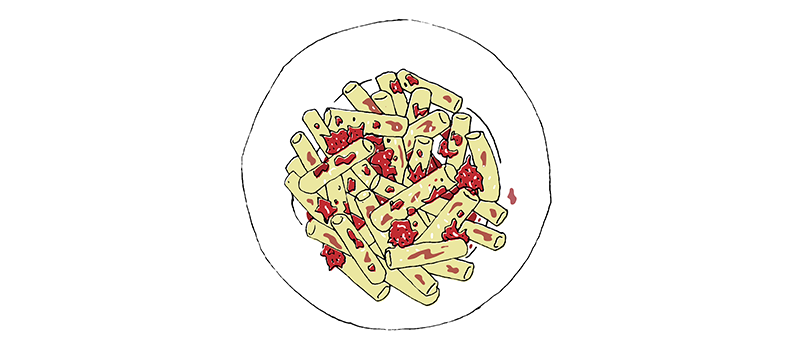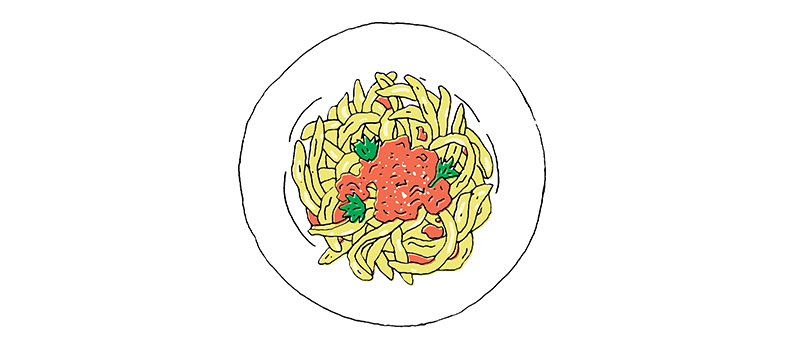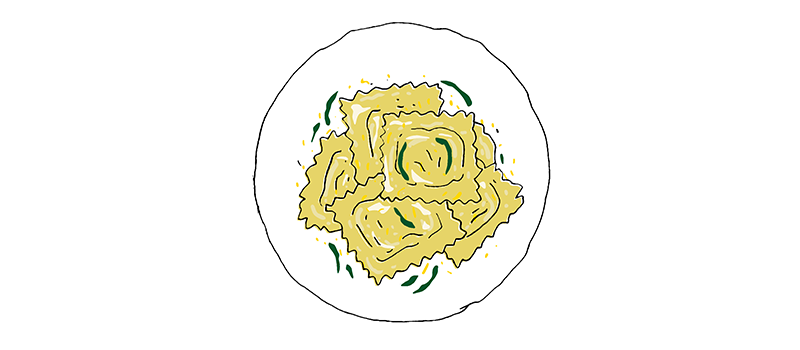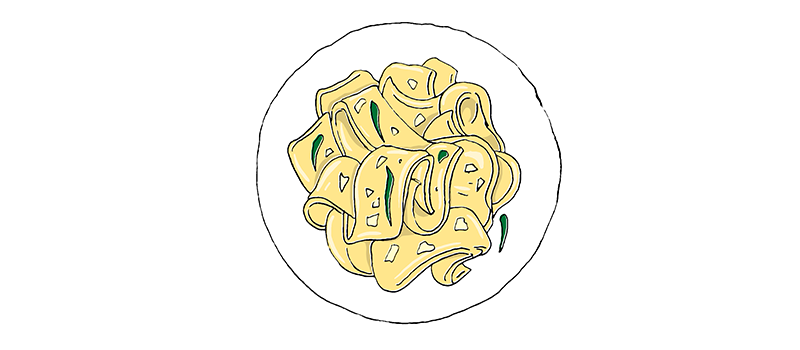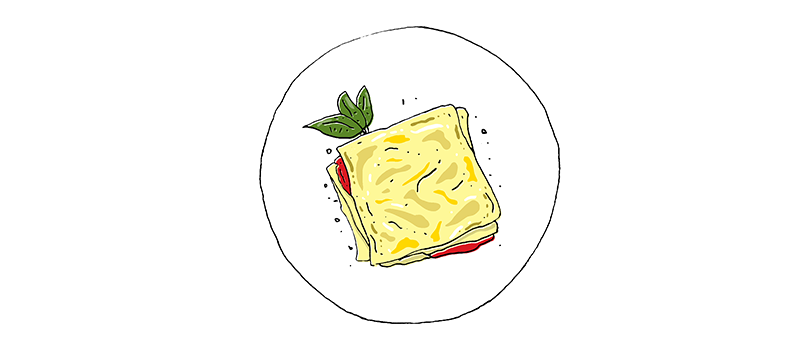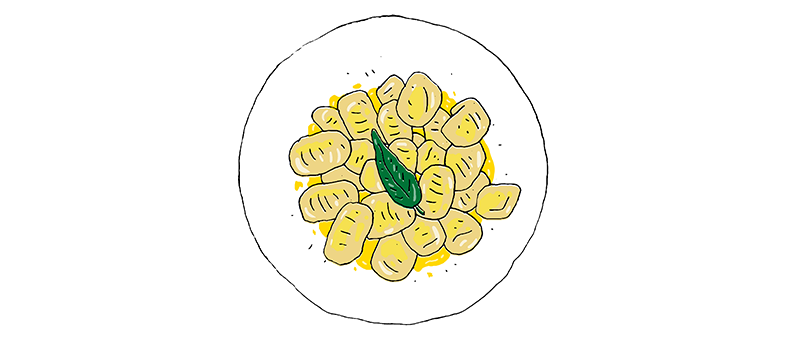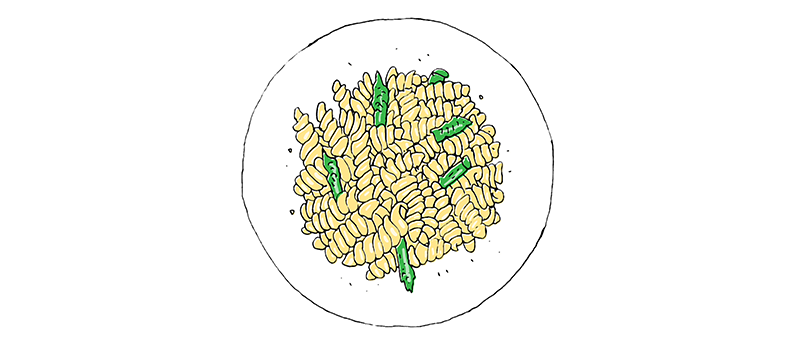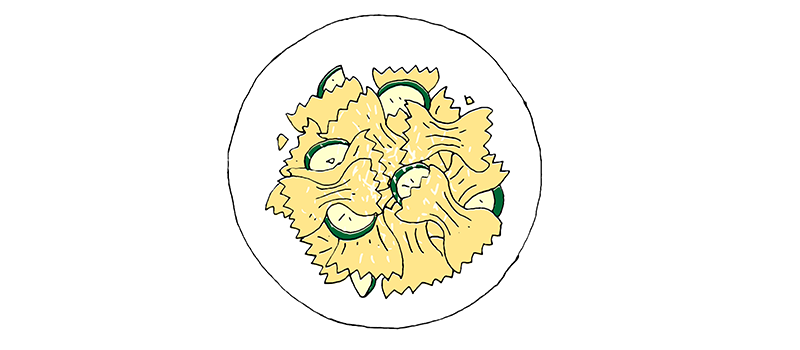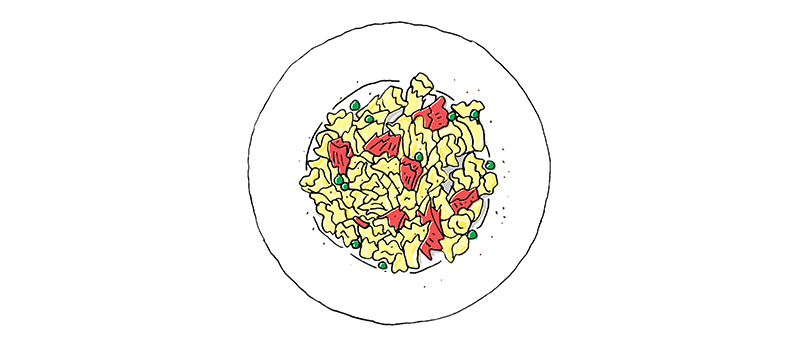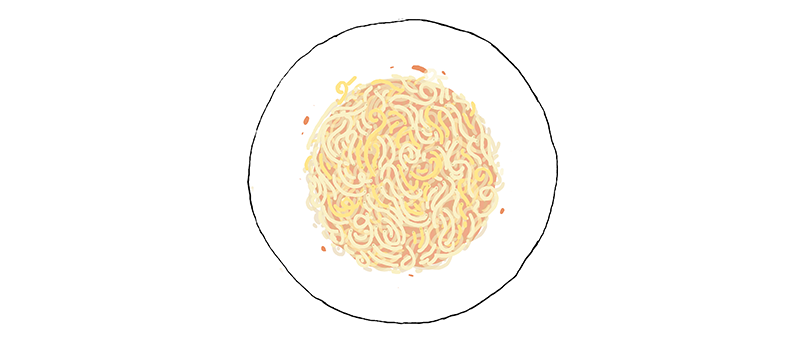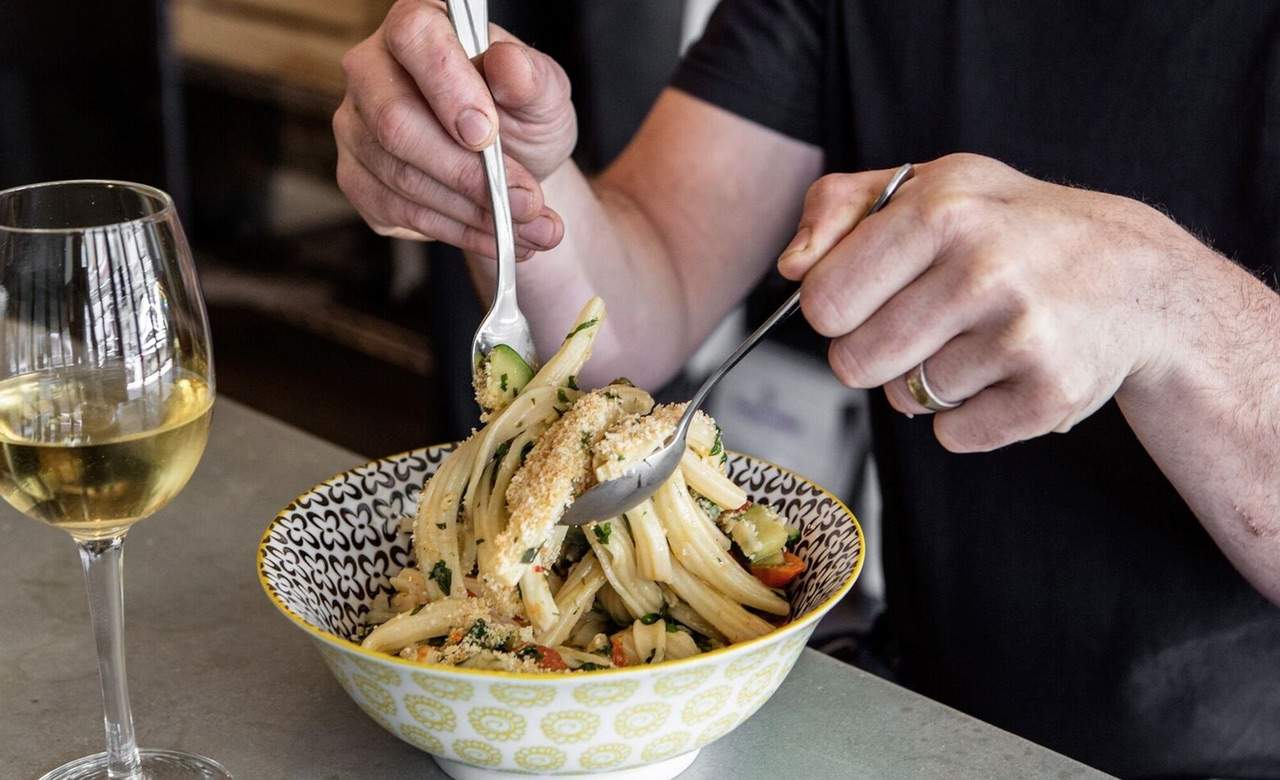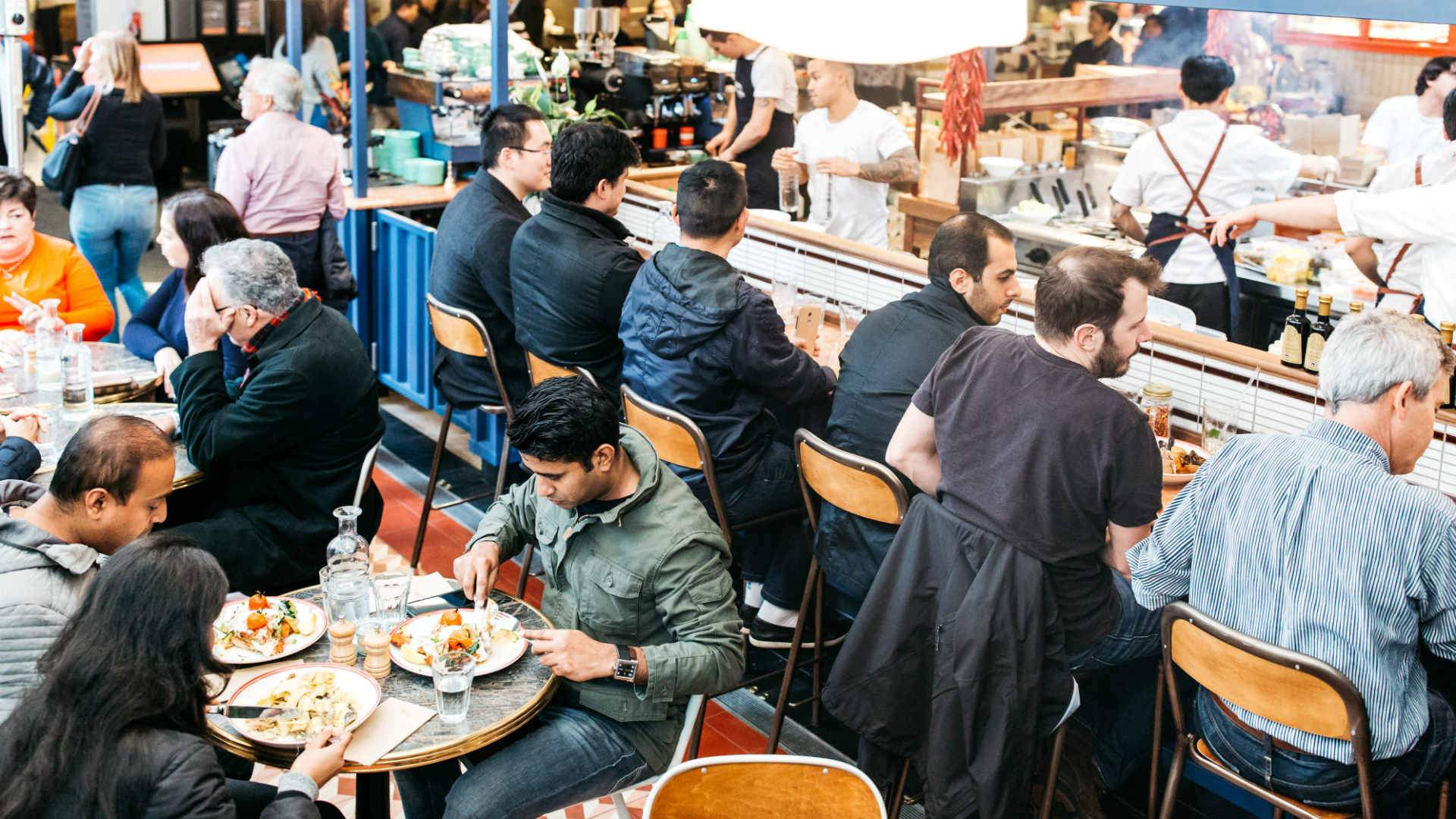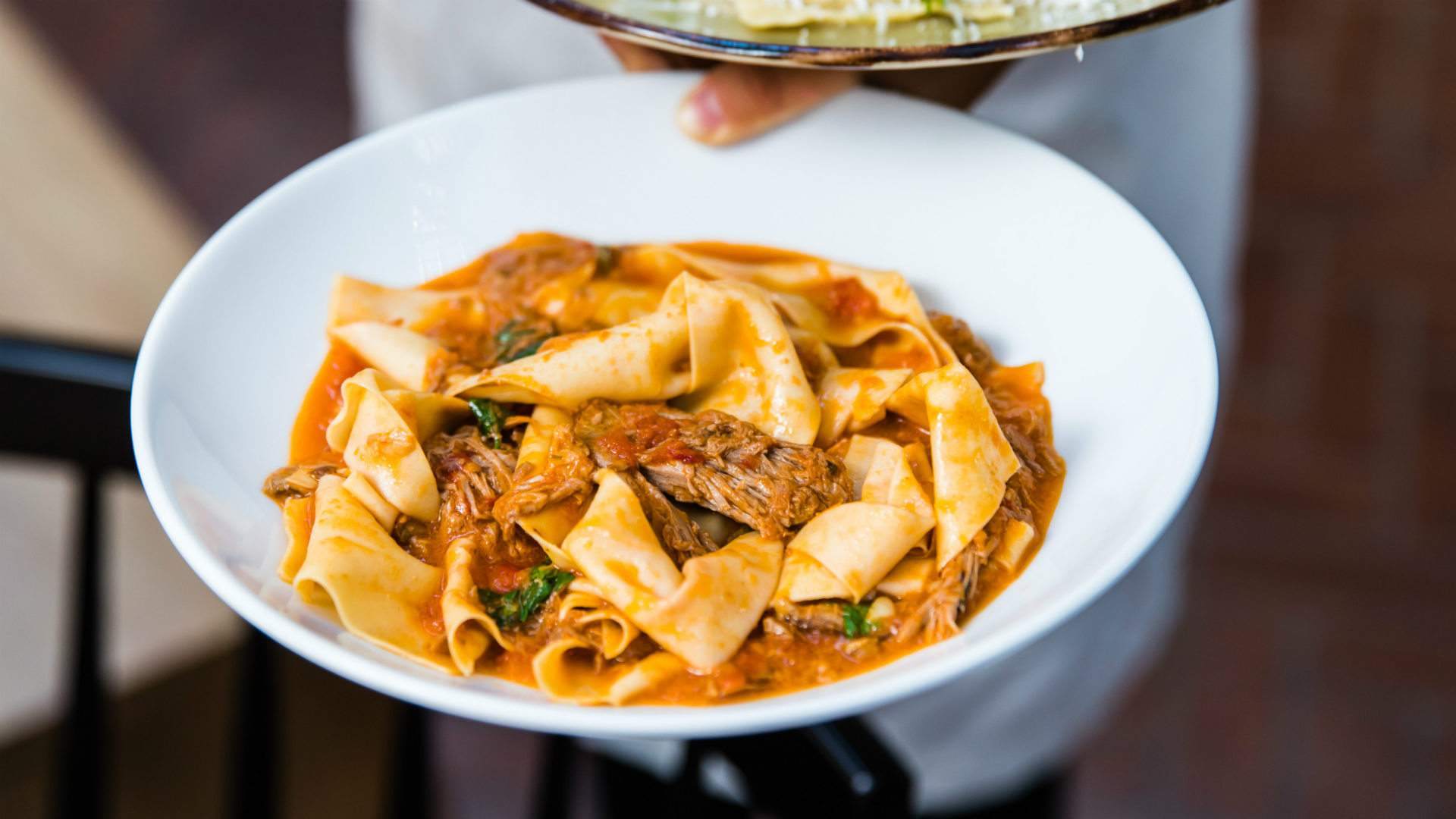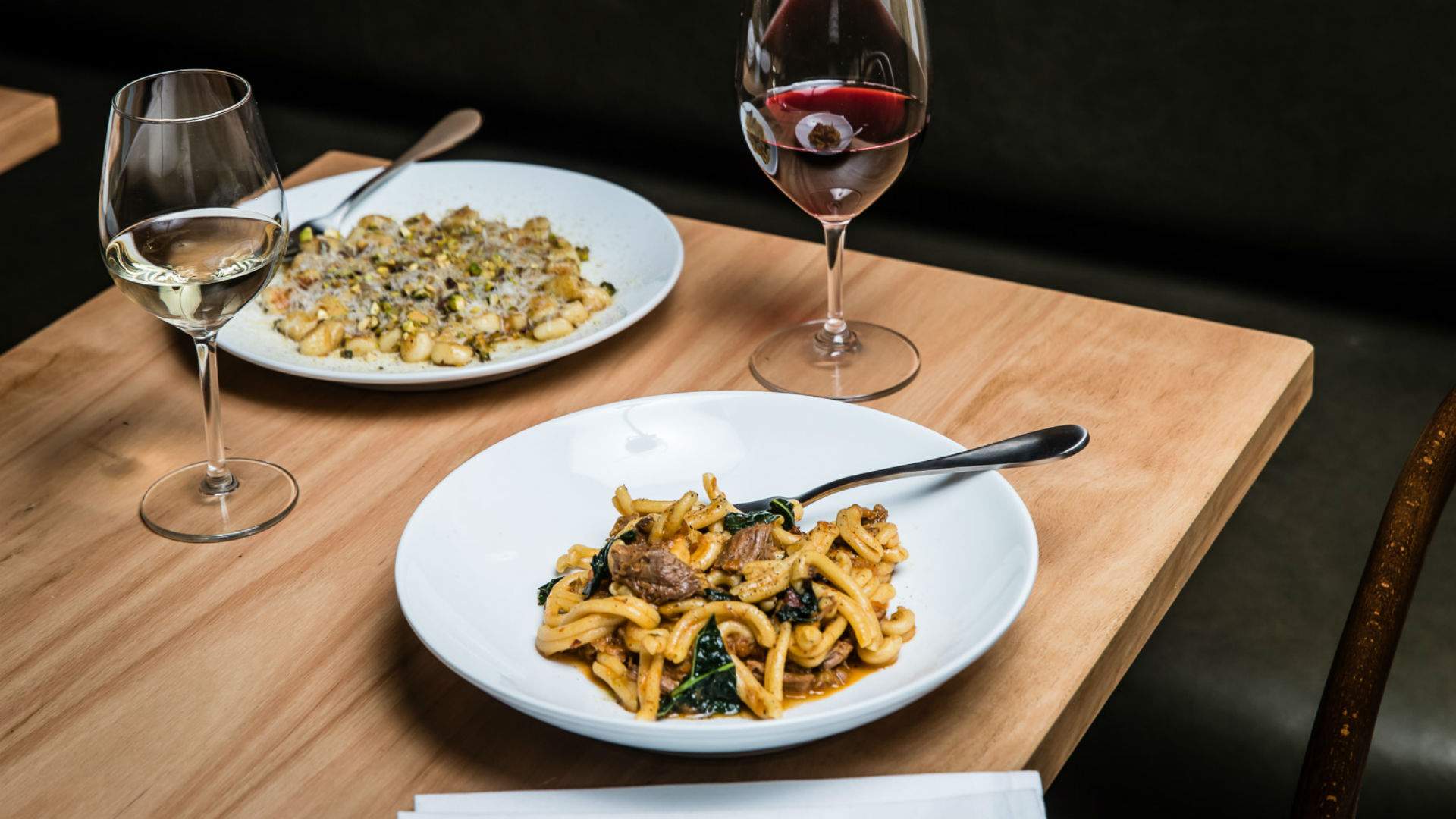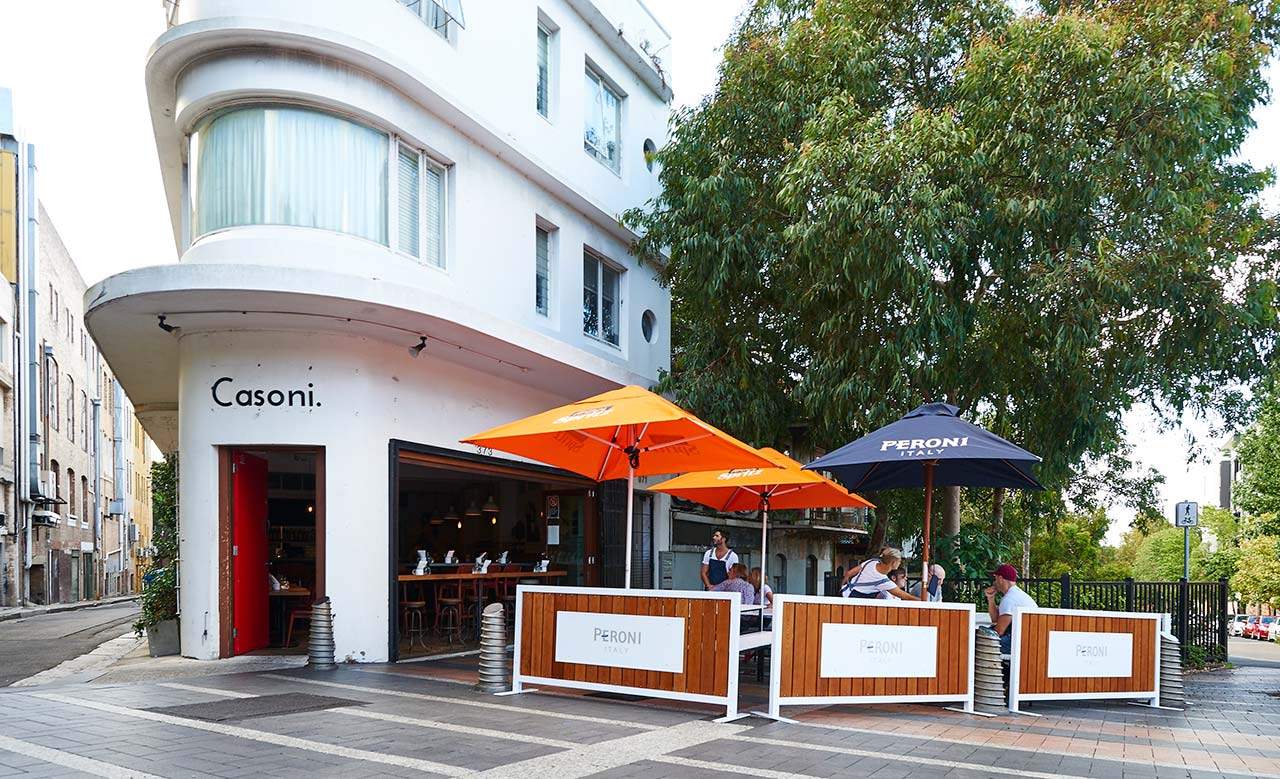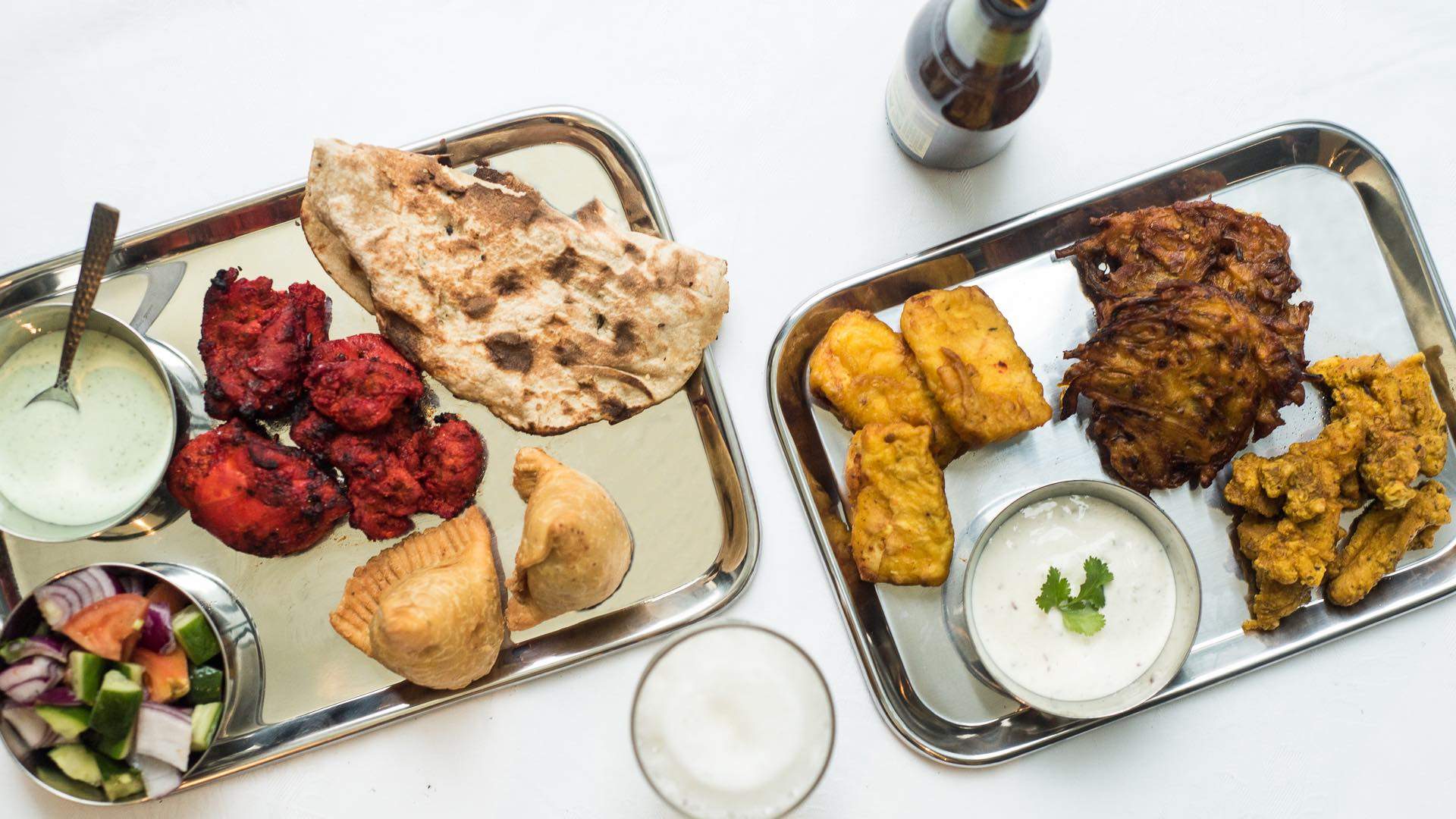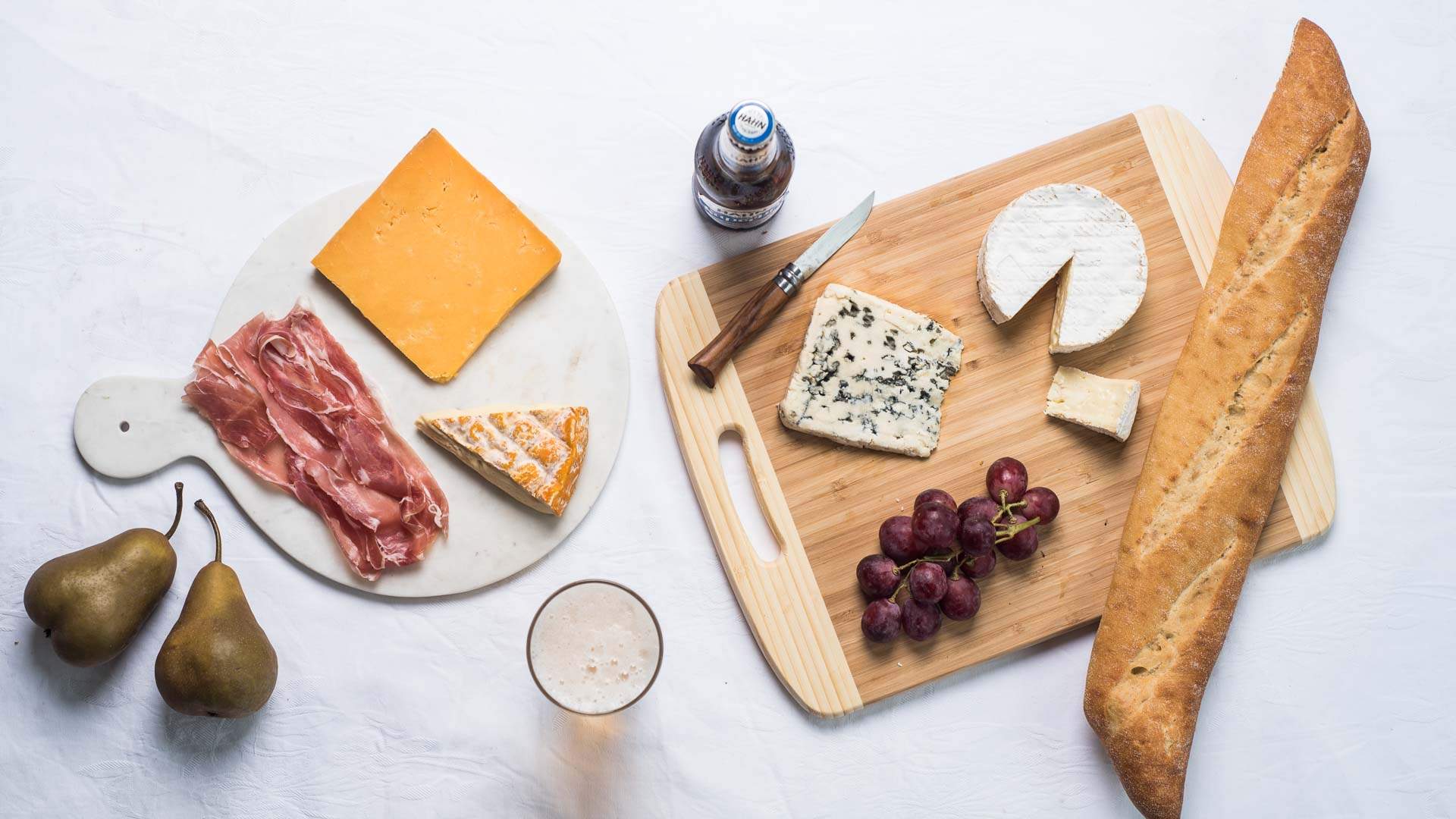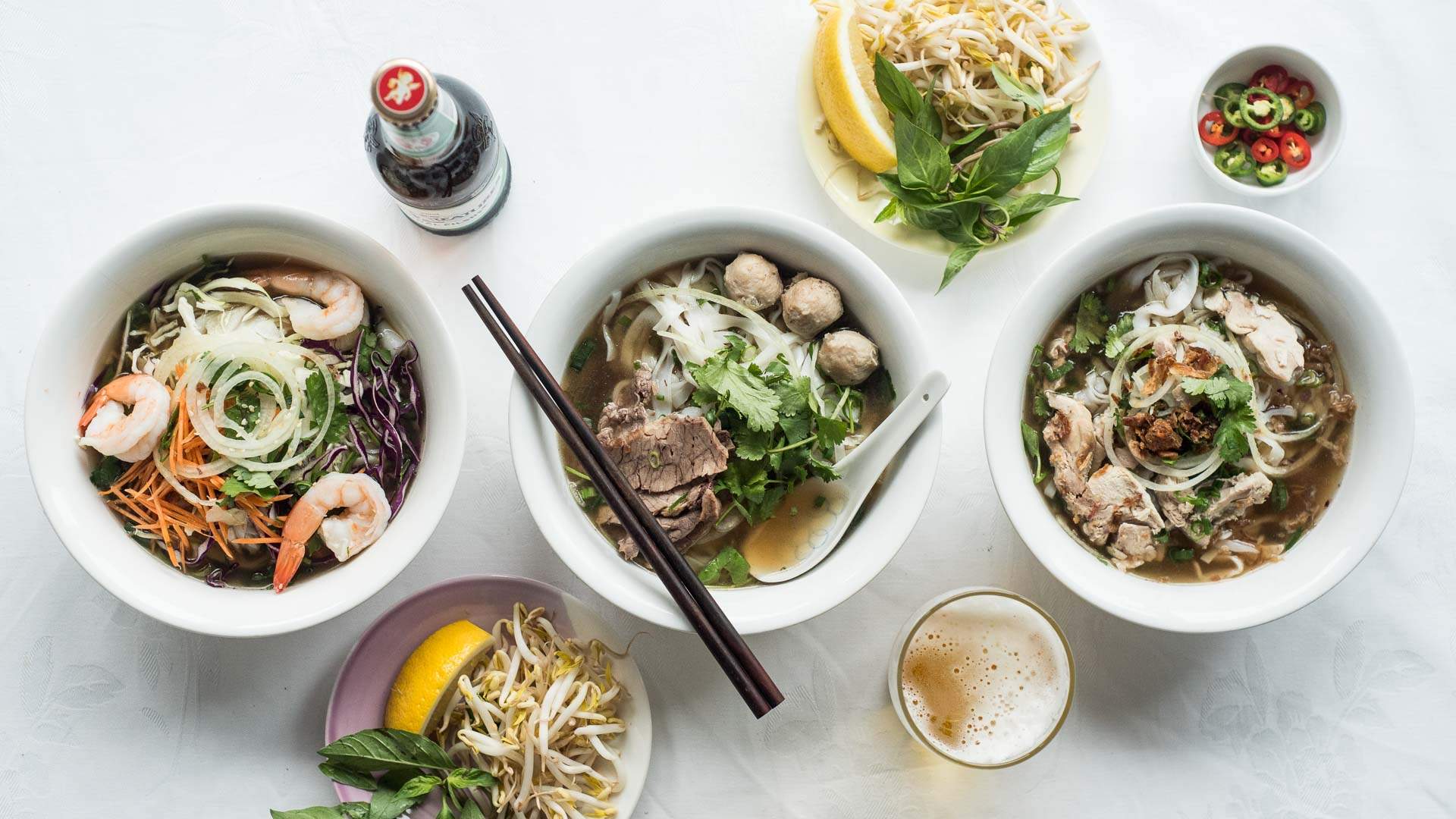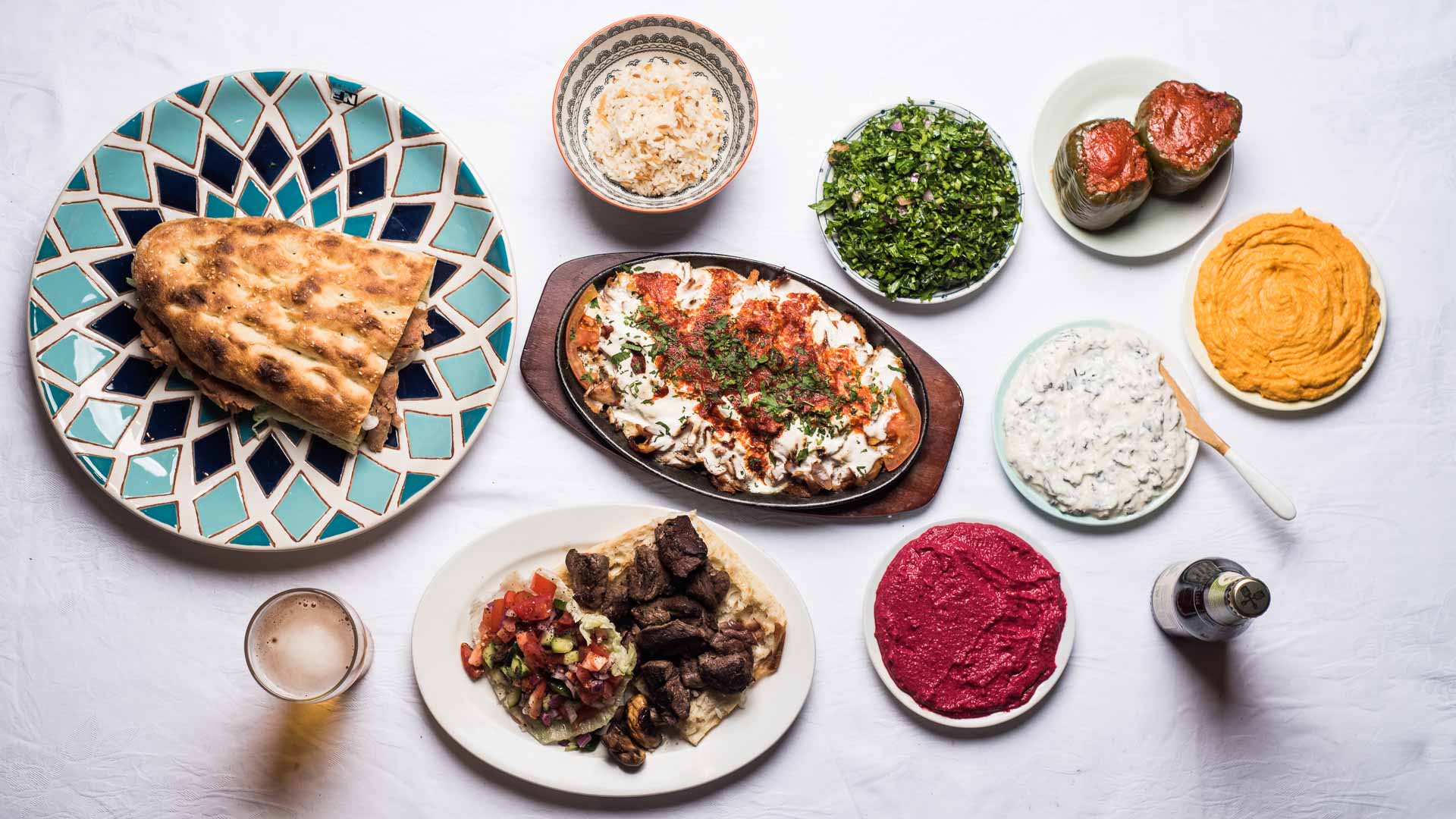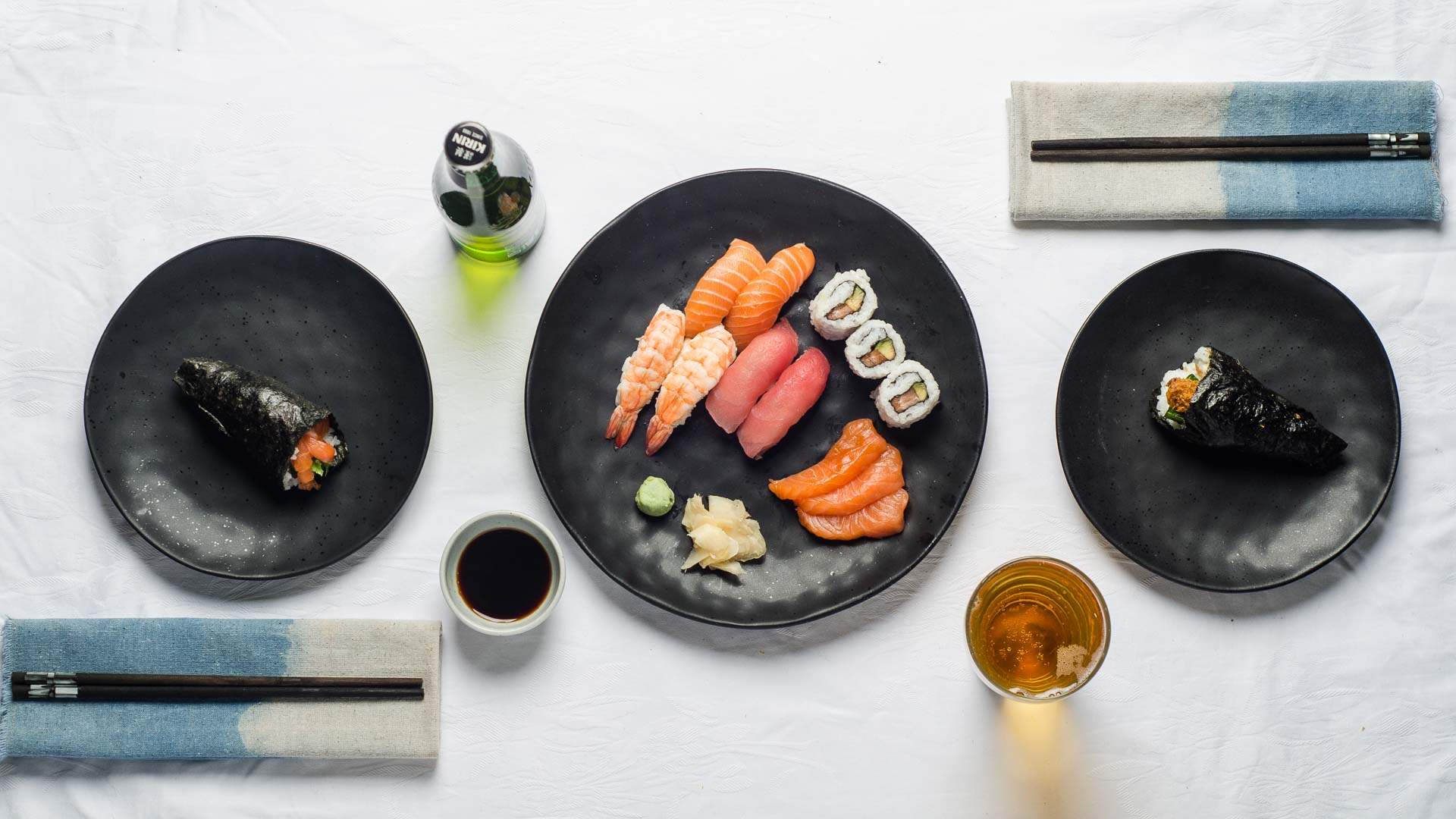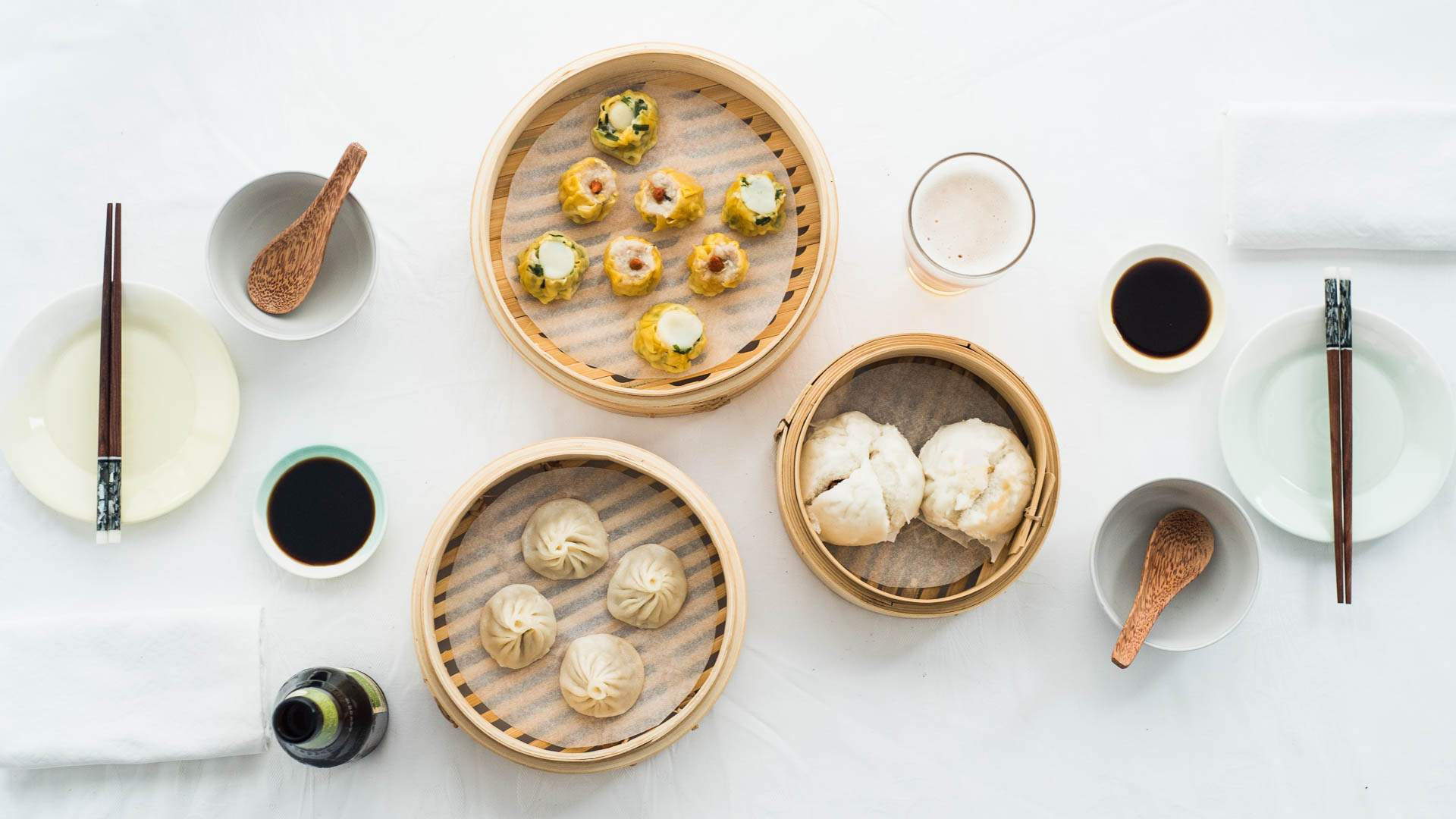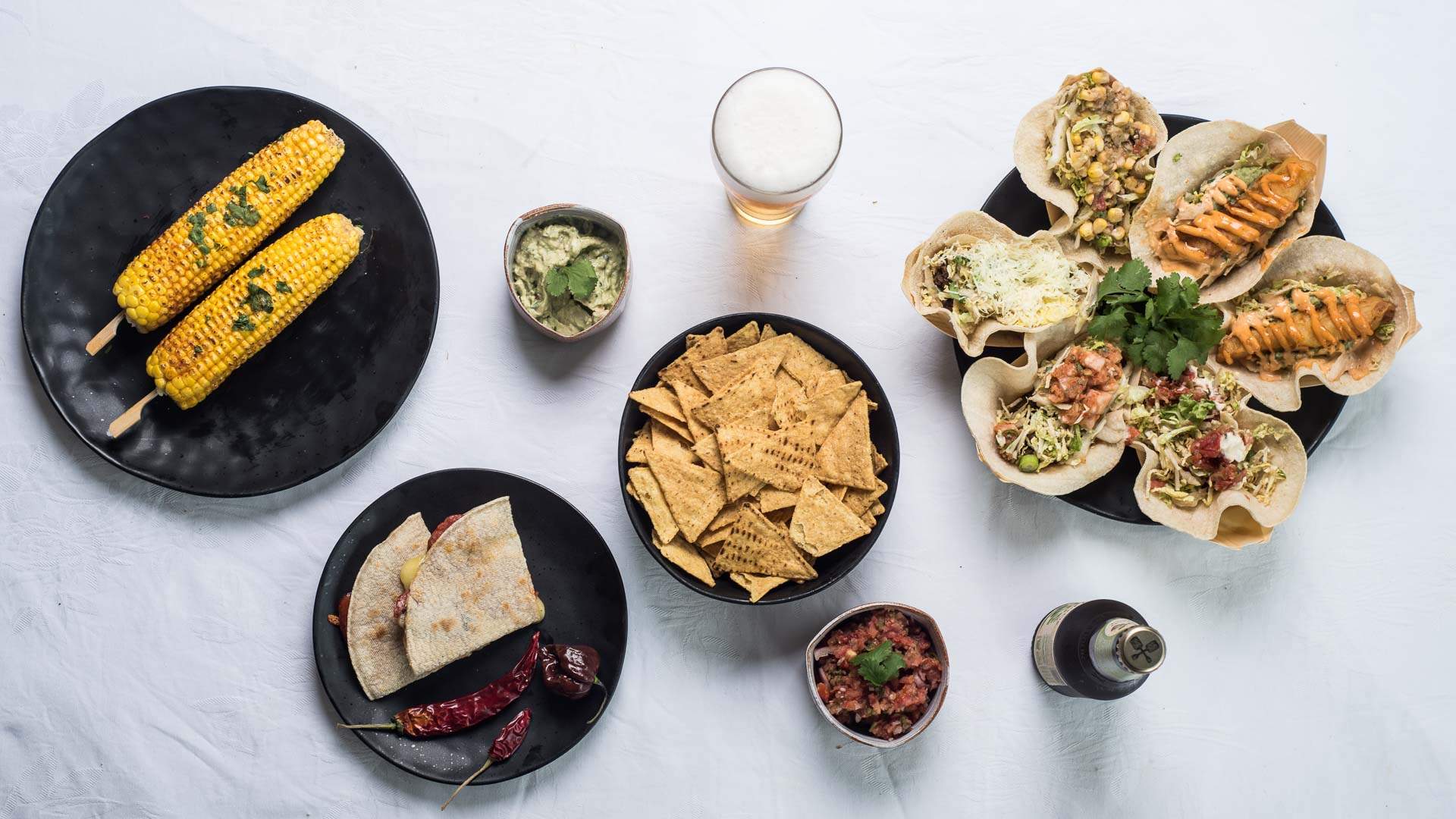
Pasta
Italian pasta. A staple that defines a nation and is loved the world over. Get to know your pappardelle from your campanelle from your farfalle.
While the history of how pasta came to be an Italian namesake is surprisingly convoluted, it is safe to say it’s firmly stuck into Italian culture and they take this simple dish very, very seriously. It comes in over 600 shapes and sizes worldwide, with over half of that counting for Italian varieties alone. Have you ever wondered where lasagna comes from, or if you’re eating your bowl of pasta properly? And how about the story behind those names? We’re bringing you a full on guide to Italian pasta with a few cheeky illustrations to go along with it, plus some beer pairings to make it all the better. Go forth and carbo load your noodle knowledge.
Pasta
Fun facts about

Aka strozzapreti, this pasta refers to an old legend that priests loved the pasta so much that they ate it too quickly and choked.
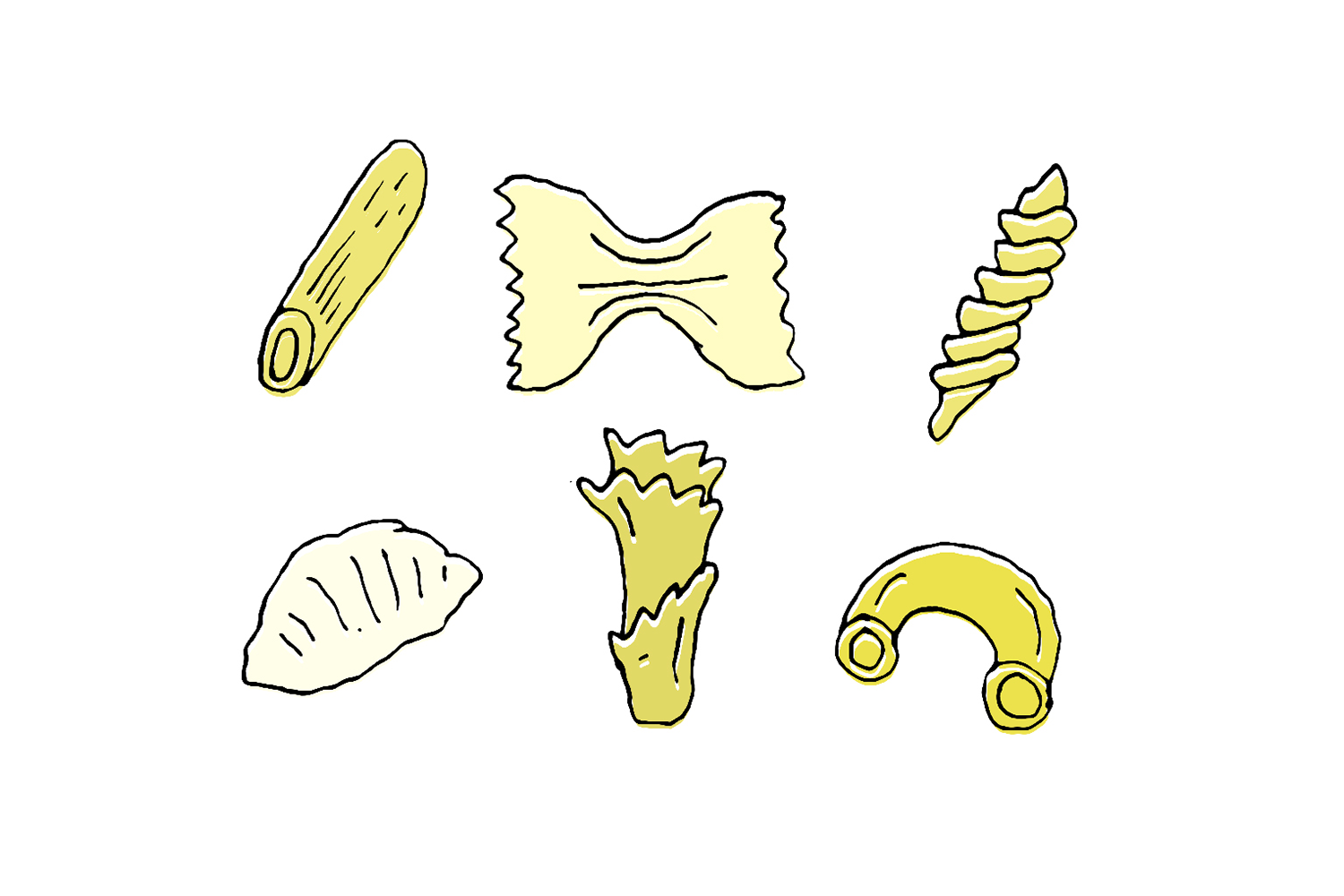
How many different types of pasta shapes are produced worldwide.
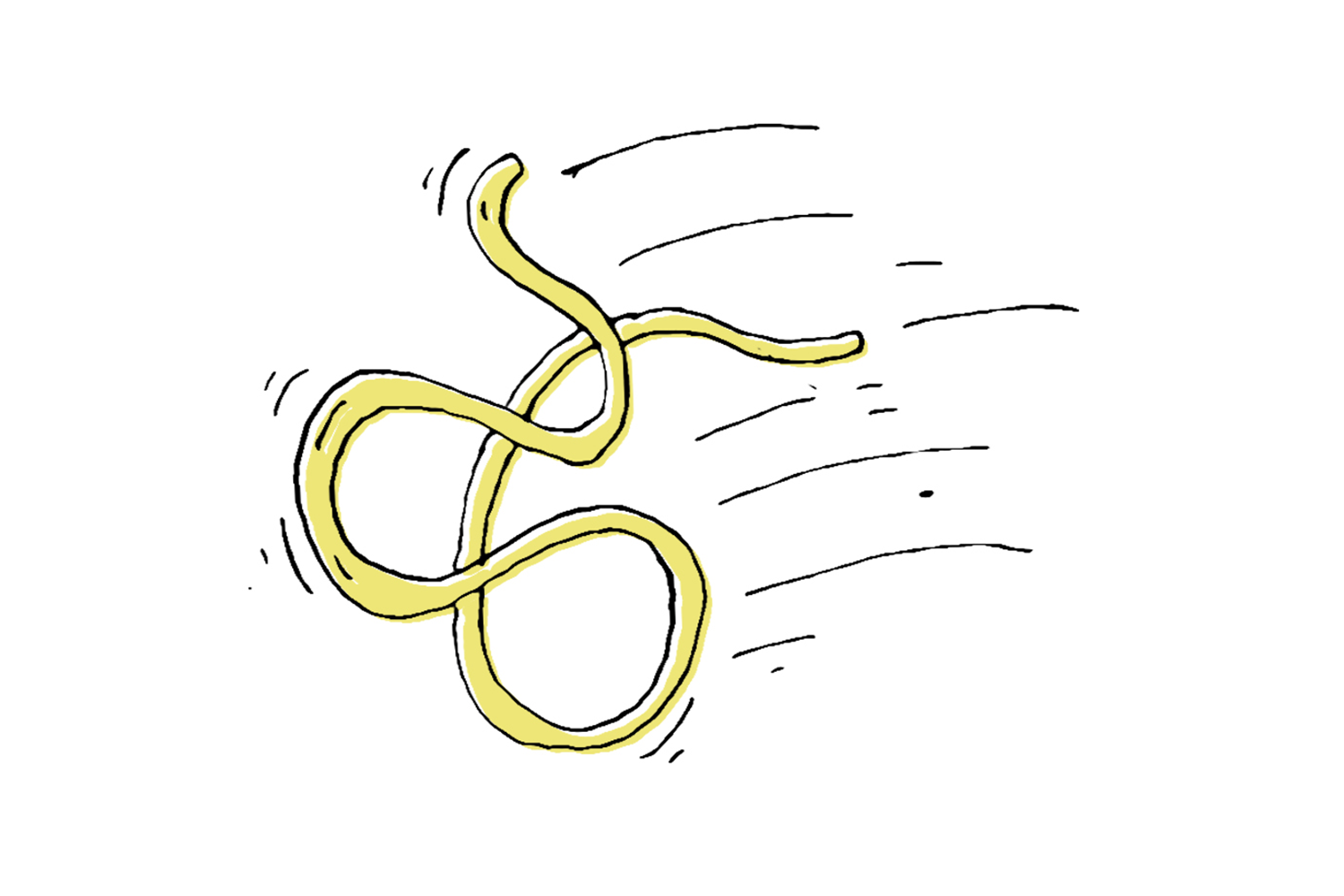
An old wives’ tale trick to test if your pasta is cooked. If it sticks to the wall when thrown, it’s done.
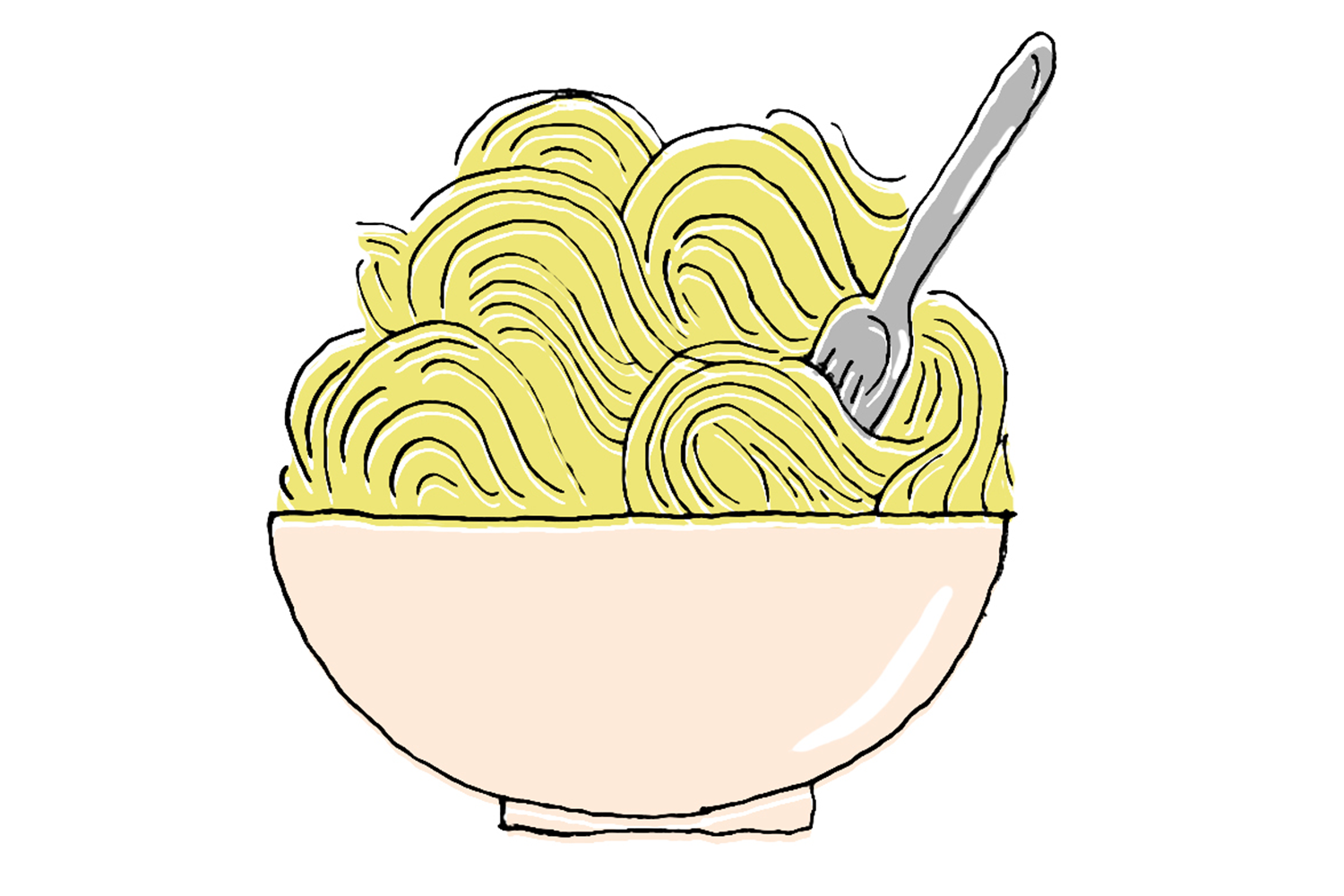
How much pasta Italians eat per person, each year.
A BITE-SIZED HISTORY OF PASTA
The theories behind who invented pasta and when range far and wide. The most widely known version is that the noodle began its life in China, and the explorer Marco Polo introduced it to Italy in 1271. However, more ancient accounts exist, like the Etruscan civilizations (now part of northwest Italy) who made a similar food by grinding cereals and grains together with water. Still, others say it was actually the Ancient Greek who brought pasta to Italy when they founded Naples. There are also references to pasta dishes in ancient Rome, which date all the way back to the year 300 B.C., and it’s said the Arabs adapted dried noodles for long journeys in the 5th century.
No one’s too sure about the origins, however, the first concrete account of pasta in Italy dates from the 14th century, at which time it became popular for its long shelf life. Up until the 19th century, pasta was a commoner’s staple, eaten with the hands and sometimes with broth, but never with sauce. By the 19th century, it became a trendy nobleman’s dish and a variety of sauces — and the use of a fork — came into play. From 1914, the artificial drying process made pasta available across all of Italy and then around the world, making this tasty, tasty food available to all.
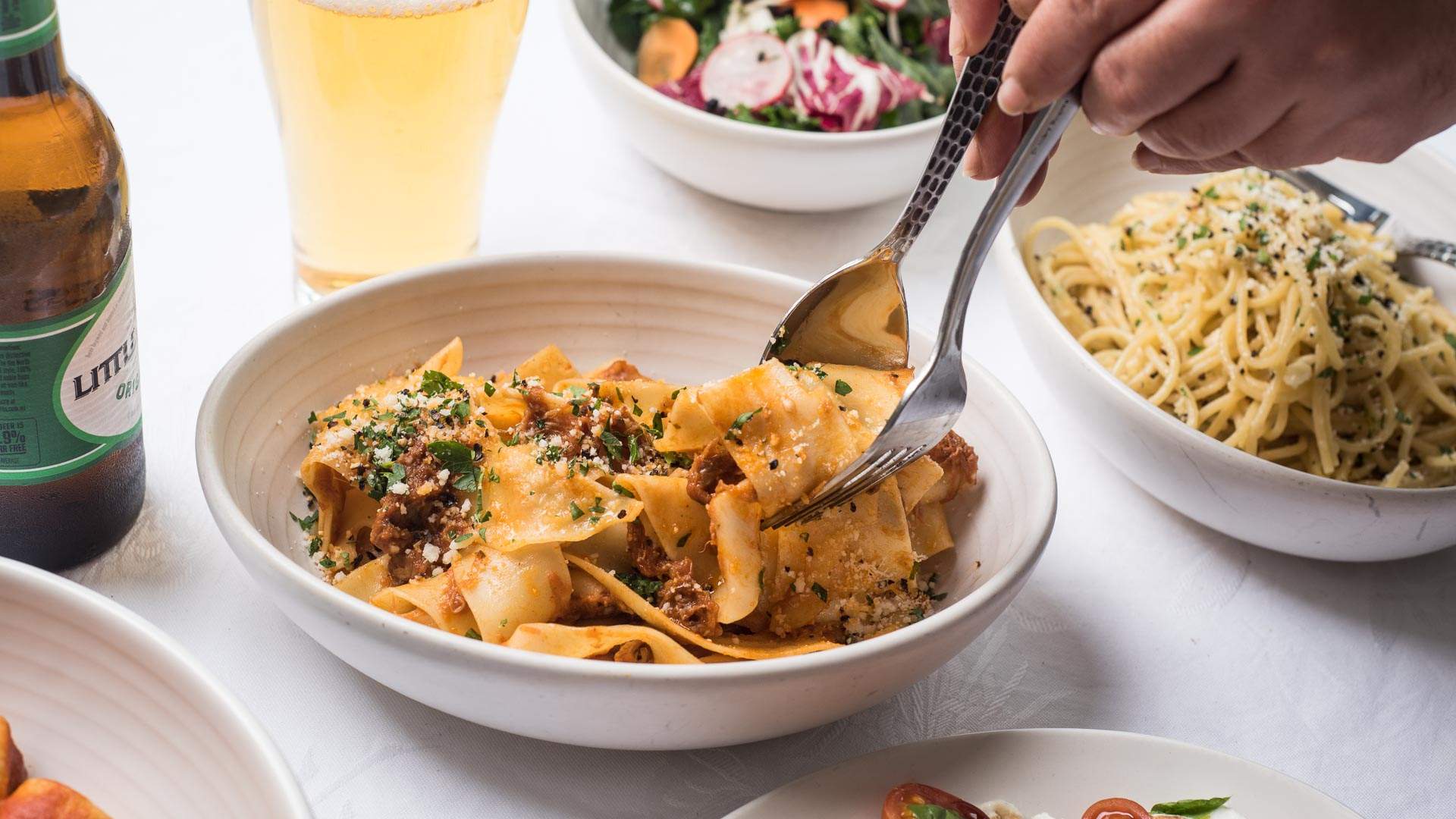
THE MANY VARIETIES OF PASTA
Pasta is divided into only two broad categories — dried (pasta secca) and fresh (pasta fresca). But, these noodles comes in over 350 Italian shapes and sizes, known by over 1300 names cumulatively all depending on region and town. Cavatelli alone — the small shell pasta shaped like a tiny hotdog bun — is known by a whopping twenty-eight different names. Here are a very few of our favourites, and a bit about them.
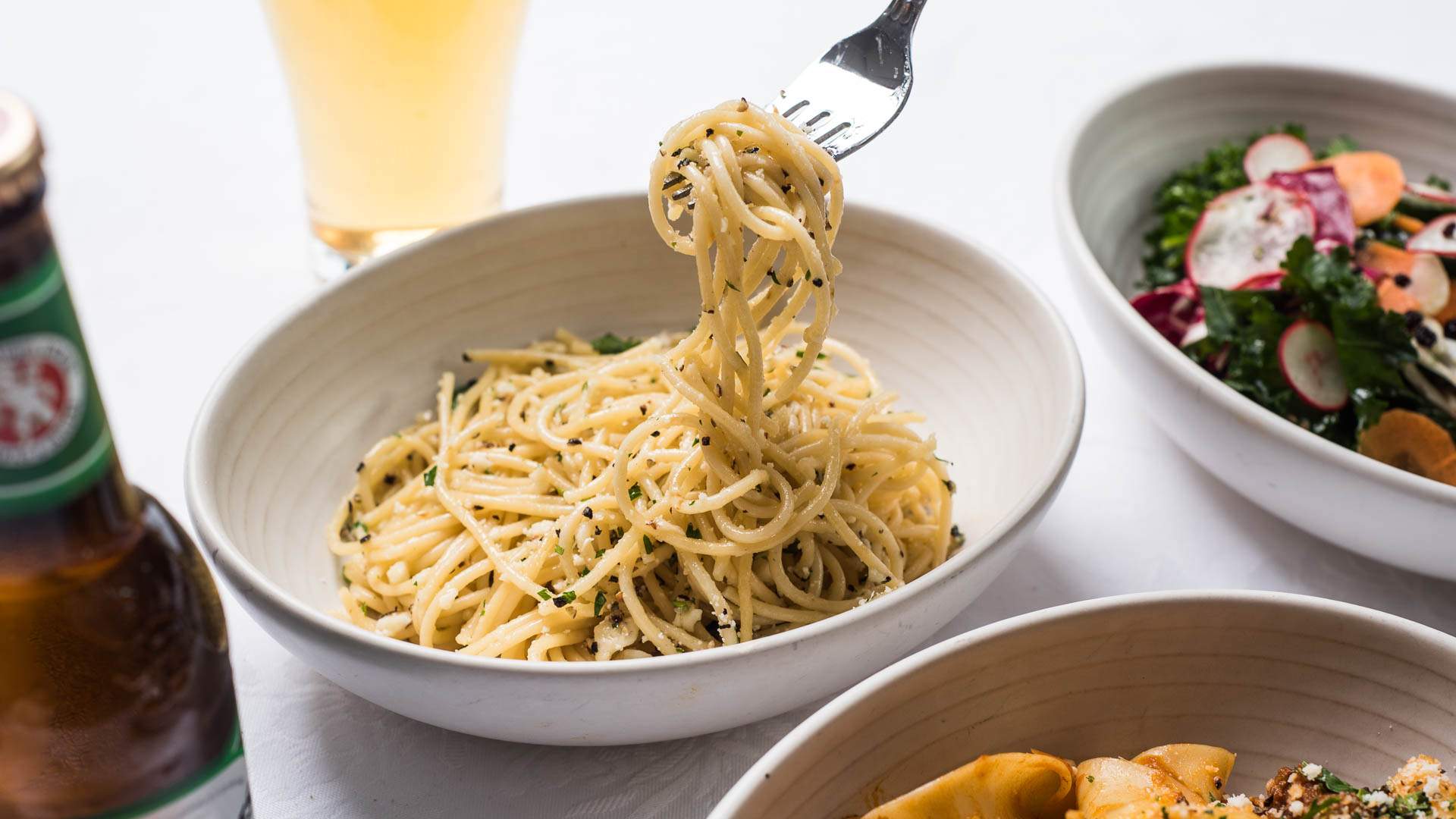
EATING ETIQUETTE
If you’ve ever been to Italy, then you know two very important rules — never use a spoon and never cut or break your pasta. While it is traditional to place a spoon at each place setting, it should only be used for spooning on sauce and cheese then mixing; it’s strictly not for twirling. Instead, use the rim of your bowl or plate for pasta twirling assistance, picking up only two or three strands at a time. If cooked properly, a few strands will still hang, but should not hang so much that you need to slurp. Never slurp. The one exception to the spoon rule is if you’re eating pastasciutta, or pasta in broth, in which case you use a spoon to capture the broth.
On the cheese side of things, it’s generally mixed in before saucing, as this helps the sauce stick. This is, of course, unless you’re eating seafood pasta, in which case adding cheese is highly looked down upon.
Pasta should always be cooked al dente, or “to the tooth”, and never, ever break the pasta before boiling. Another important note is that pasta is its own main attraction, to be eaten alone and promptly followed by salad. In that order, and only in that order. The dish is often eaten as primo piatto, or first course.
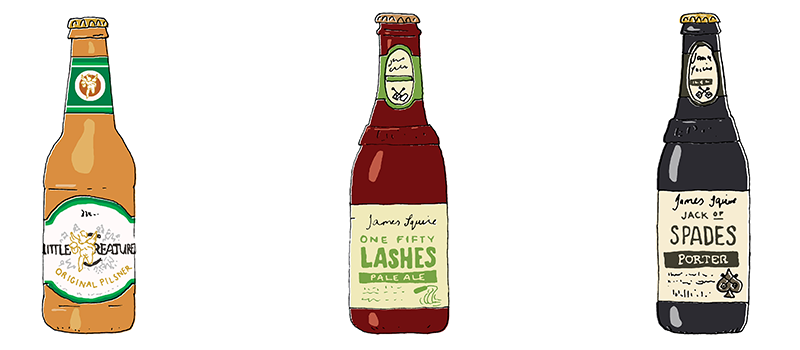
A PERFECT COMBINATION
Italian food and wine is an age-old pairing, but in this fine age of beer exploration, brews now have just as much flavour complexity and pairing capability with pasta. The general food accompaniment rule is the stronger the flavour of the sauce, the stronger flavour you’ll want in your drink, and the same applies to beer. Amber ales are known to cut through the acidity of tomato based sauces, while something like a stout or porter would pair well with a heavier dish like a carbonara — James Squire Jack Of Spades porter is especially nice in this case, with its complex malt character and creamy finish that mimics the creaminess of the dish.
If you’re after a seafood or herb-based pasta, like a pesto, go for Little Creatures pilsner, which is clean and crisp but distinct, helping to clear your palate for the next bite. For spicy tomato or bolognese lovers, James Squire One Fifty Lashes pale ale has the right amount of hoppy punch that can stand up to the bold flavours in your dish.
Craving more? Learn about your favourite foods in our Encyclopedia of Eats with even more beer pairings by Beer The Beautiful Truth.
Illustrations: Barry Patenaude.
Images: Kimberley Low.
Discover more eats
-
Feature
Indian Street Food
As varied as it is delicious, Indian food is a firm favourite the world over — but don't limit yourself to only curries.
-
Feature
French Cheese
You can never go wrong with cheese — the French have made sure of that. Up your fromage savoir-faire, from melty Pont L'Eveque to pungent Roquefort.
-
Feature
Vietnamese Noodle Soups
Chances are you've eaten a few bowls of pho in your time — but that's just the start of Vietnam's vast pool of soup varieties.
-
Feature
Turkish Kebabs
While kebabs may be something we recognise as an end-of-the-night snack, the history and varieties of the humble dish go far beyond a lamb sandwich with extra garlic sauce at 3am.
-
Feature
Chinese Dumplings
Get to know China’s ten most famous dumplings, and impress the group next time you're feasting on the doughy delights.
-
Feature
Mexican Street Food
From tacos to tamales, sample Mexico's world-famous cuisine right here in Australia. Discover some of the best snacks to order.
